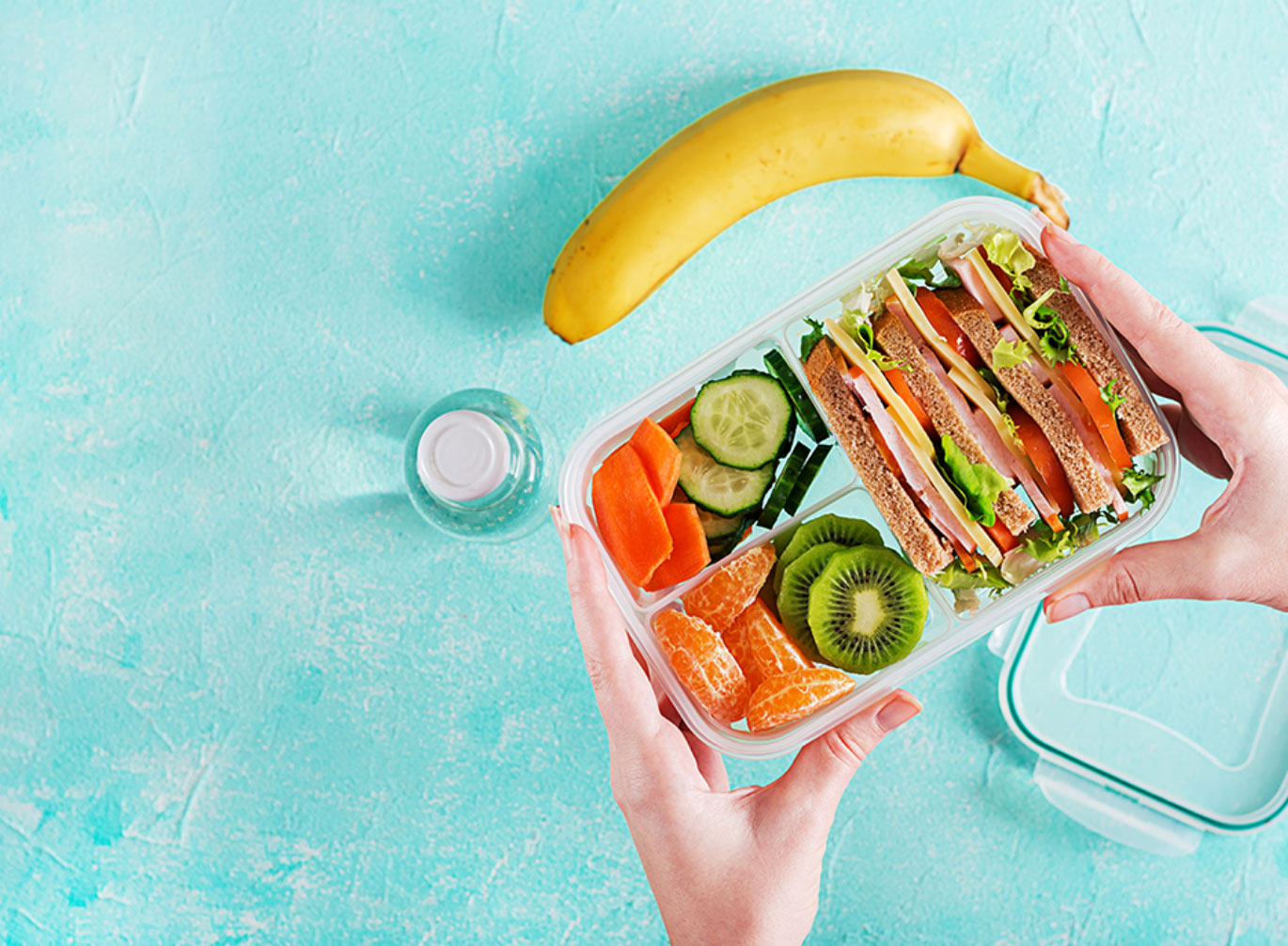If your child has a feeding disorder, you know that mealtime can be difficult. And not just “why won’t they eat their vegetables?” difficult, but “how can I get them to come to the table at all?” difficult. Fortunately, there are plenty of solutions for even the most severe feeding disorders.
Below, our MeBe Speech and Language Pathologists (SLPs), Occupational Therapists (OTs), and Board Certified Behavior Analysts (BCBAs) have shared their 15 favorite tips for making eating easier for kids, based on:
- Extensive experience in Speech and Language Pathology & Occupational Therapy
- Abundant research and experience in Applied Behavior Analysis
- Our collaborative approach to feeding therapy that incorporates play-based, child-led, and sensory-focused strategies as well as Applied Behavioral Analysis (ABA)
- Read on to discover the secrets to mealtime nirvana.
Tip: Not sure whether your child’s picky eating is a problem? Read our article “Is Your Child a Problem Eater?” and then return to the juicy information below.
- Start with baby steps
Feeding disorders can be tough to overcome, especially if the child is older and has a longer history of food refusal. Baby steps are much more effective than drastic, overnight changes.
If your kiddo doesn’t even want to go near the table because dinner is a traumatic experience, start by getting them to walk or play near the kitchen table and provide praise when they do so. When they become more comfortable with the idea that the table isn’t evil, encourage them to sit in their dinner chair for 10 or 20 seconds at a time and build up from there.
You may need to start with just getting your child to walk or sit near the kitchen table and build up from there. Baby steps are much more effective than drastic changes.
- Set a routine
Routines build comfort, chaos builds meltdowns. Set mealtimes at the same time every day if possible, such as three meals and two snacks interspersed every two hours. If your child has a tendency to graze throughout the day, get the munchies under control so they are hungry when they reach the table.
During meals or snack time, have your child sit in the same chair and explain what is expected of them: the whole family eats together but they can leave the table to go play when they are finished. “Finished” doesn’t necessarily mean finished eating; when introducing a new food, start by just asking your kiddo to touch a small bite to their lips. Give them plenty of positive attention for successes, like praise, a piece of their favorite food, or extra play time after the meal.
When they’re comfortable with food to lip contact, move on to asking them to touch the bites to their tongue and eventually, actually chewing and swallowing the bite. You can increase the size of the bites once your child is comfortable with the new flavor and texture. Use these routines to make mealtime a calm and positive experience—it’s the best path to success!
- Transition like a champ
Speaking of schedules, plan out the transitions between breakfast, lunch, and dinner. Doing something relaxing before mealtime can put kids into the right frame of mind for some calm, positive eats. Just try not to schedule highly preferred activities right before mealtime, which will lead to a much more difficult transition.
Expert tip: Use front-loading to make transitions easier and avoid epic meltdowns throughout the day, including around mealtime.
- Have a “safe plate” handy
Put an empty plate next to your child’s place setting. If they have too much food on their main plate or don’t want to eat certain items, they can move the food to the safe plate with no pressure. It’s a great way to avoid stress while slowly introducing kids to new foods.
- Choose foods wisely
This is where a lot of parents run into problems. If your child refuses to eat anything but a few of the same foods, getting them to try new eats (especially vegetables) is like pulling teeth. Switch up your approach to choosing new foods and focus on just getting your child to eat more foods rather than getting them to eat the “right” things.
For instance, start introducing foods that are close to what they’re already eating in color, texture, or taste. If your child has a sweet tooth for chocolate, dip a strawberry in chocolate to lure them toward fruit. Or, reintroduce foods that they used to eat. Just getting calories down the hatch is a win! Vegetables can come later.
- Tempt them with their favorites
Still having trouble luring your child to the table? Start with their favorite foods and then transition into others to start the munching off on the right foot. Or, use their favorite foods as motivation and reinforcement for trying new ones!
- Play around
Remember when we said that some children have a phobia-like aversion to foods? Turn that phobia right around by making food playful. Introduce carrots into the mix by putting them onto your faces like whiskers and pretending you’re both rabbits—it’s perfect for distracting kids from the cold, wet texture.
- Get creative
When it comes to beating feeding disorders, creativity is the name of the game. Maintain their interest in the foods they already eat by cutting sandwiches into squares instead of the normal triangles or drawing fun chocolate syrup designs on their pancakes. If your child gets fixated on visuals when trying new foods, you may even want to repackage foods (like removing the cereal bag from the box) to avoid negative associations with certain brands or designs in the future.
Be creative to get children curious about new foods or to keep meal staples fresh. For example, see you then sandwiches instead squares instead of the normal triangles.
- Don’t sneak bites
It’s tempting to sneak a spoonful in whenever you see an open mouth but forcing kids to eat is one of the fastest ways to make mealtime traumatic. Be supportive and let your child explore food at their own pace, such as putting food into their mouth and taking it out again (a form of oral desensitization).
- Don’t make the table a prison
Similarly, steer clear of the whole “you’re staying at the table until your plate is clean” thing. Trust us, it doesn’t work.
- Prep for school or daycare
Boost the odds of eating success away from home by doing the legwork ahead of time. When sending lunch and snacks to school or daycare, open all packages and cut food into manageable pieces beforehand. Kids should be able to open, munch, and go!

- Keep an eye on the clock
Mealtimes longer than 30 minutes or an hour could indicate a problem, especially if you’re struggling to get your child to eat the entire time. Keep an eye on the clock and reach out to the professionals at MeBe if you think there’s an issue. Dinners longer than two hours are definitely a red flag.
- Eat as a family
Eating meals as a family can not only build healthy relationships around food, but also take the pressure off your child to perform at the table. Bonus points if siblings are there to model positive feeding behaviors.
- Don’t let bad habits continue forever…
In our experience, the longer you let bad habits linger, the harder they are to resolve. Check them early to give your child a healthy feeding foundation and adequate nutrition.
- But, set realistic timelines
You may find that your child will only try one new food a month. That’s okay! Some kiddos respond quickly to feeding therapy while others take a bit longer. Be patient—building a nutritious, healthy relationship with food takes time.
When you need an extra hand, our compassionate and highly trained SLPs, OTs, and BCBAs are ready to jumpstart good habits and make food fun again for the whole family. We use a collaborative approach to feeding therapy, incorporating play-based, child-led, and sensory-focused strategies as well as ABA to customize a program for your child. Reach out to us today.
For more information on feeding disorders and tips for feeding therapy at home, check out the Feeding Therapy videos on the MeBe Family YouTube channel.

